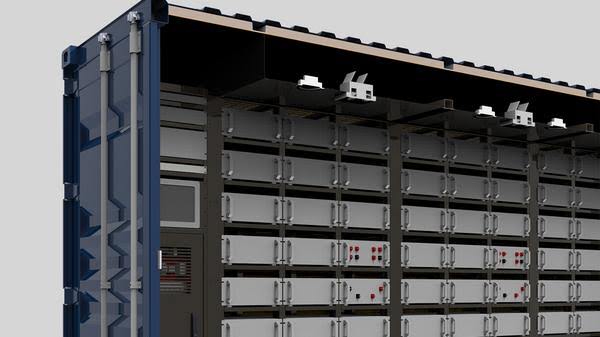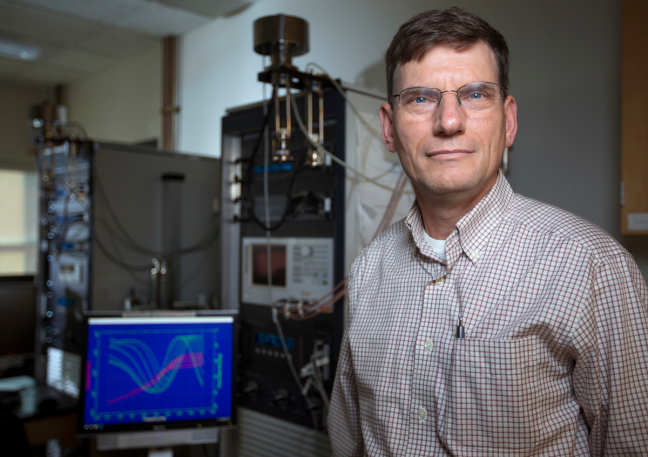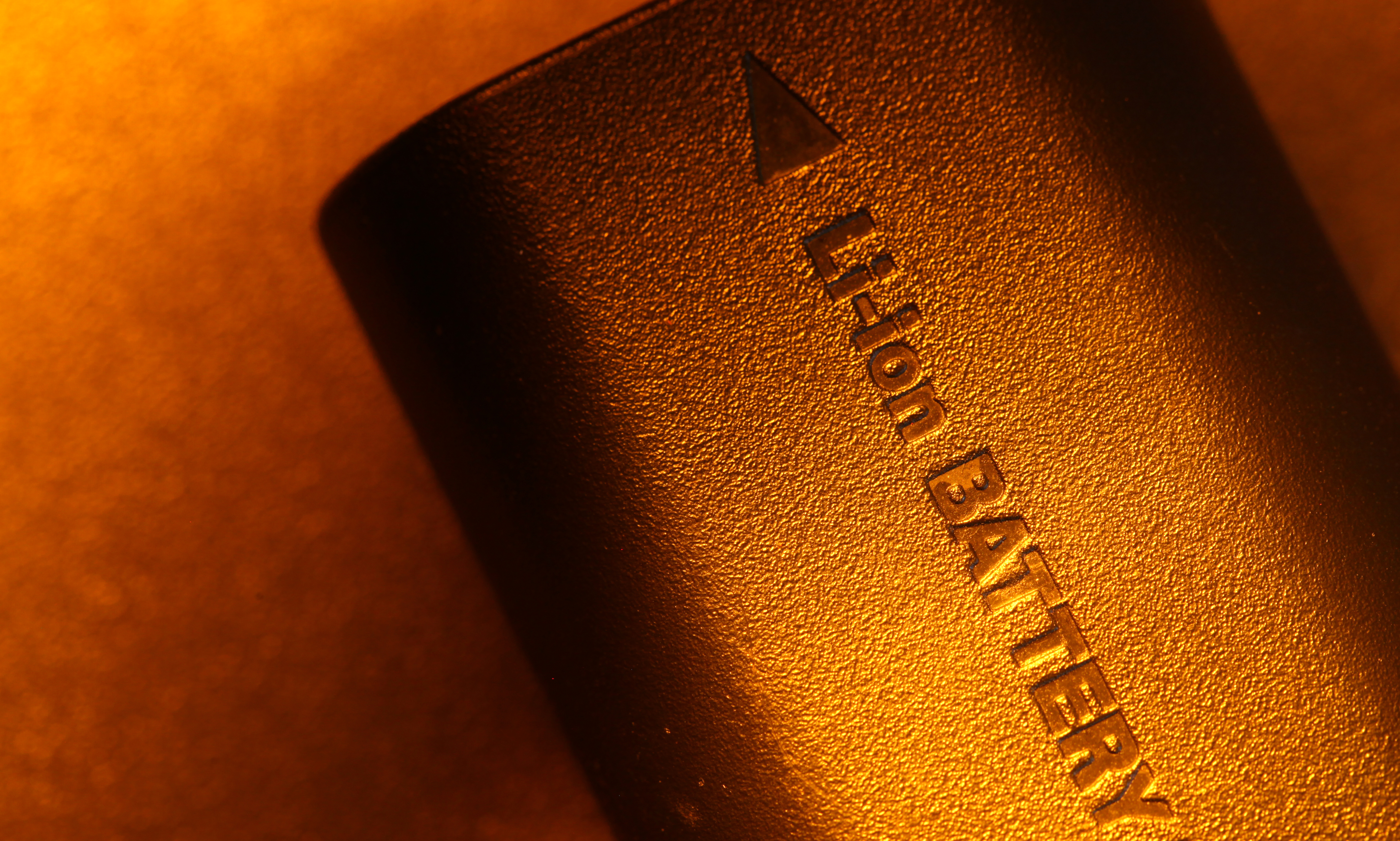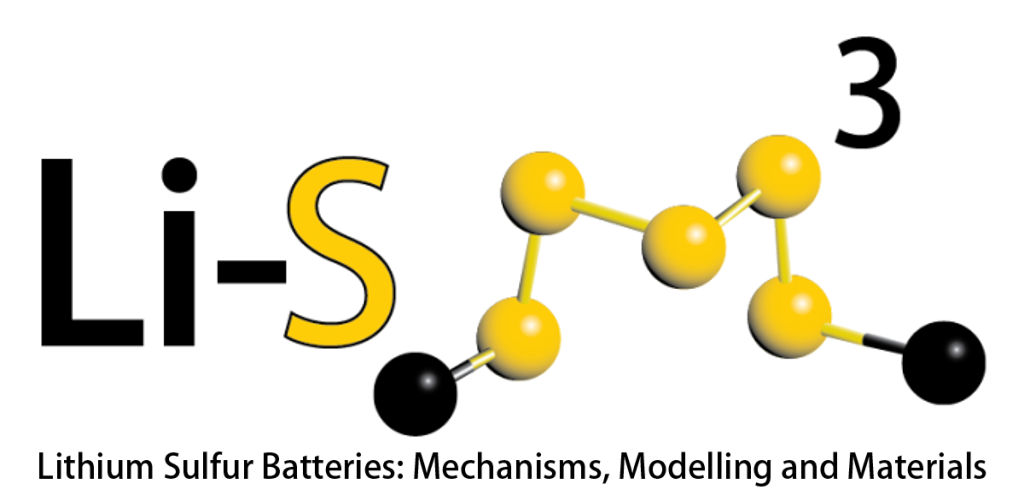 ECS is sponsoring the Lithium Sulfur Batteries: Mechanisms, Modelling and Materials (Li-SM3) 2017 Conference, taking place April 26-27 in London.
ECS is sponsoring the Lithium Sulfur Batteries: Mechanisms, Modelling and Materials (Li-SM3) 2017 Conference, taking place April 26-27 in London.
This year marks the second Li-SM3 conference, which will bring together top academics, scientists, and engineers from around the world to discuss lithium sulfur rechargeable batteries, among other related topics.
The conference will include four keynote speakers, including ECS member Ratnakumar Bugga, who will deliver a talk entitled “High Energy Density Lithium-Sulfur Batteries for NASA and DoD Applications.” Learn more about the speakers in the conference agenda.
There’s still time to submit a poster abstract. Deadline for posters is March 3.


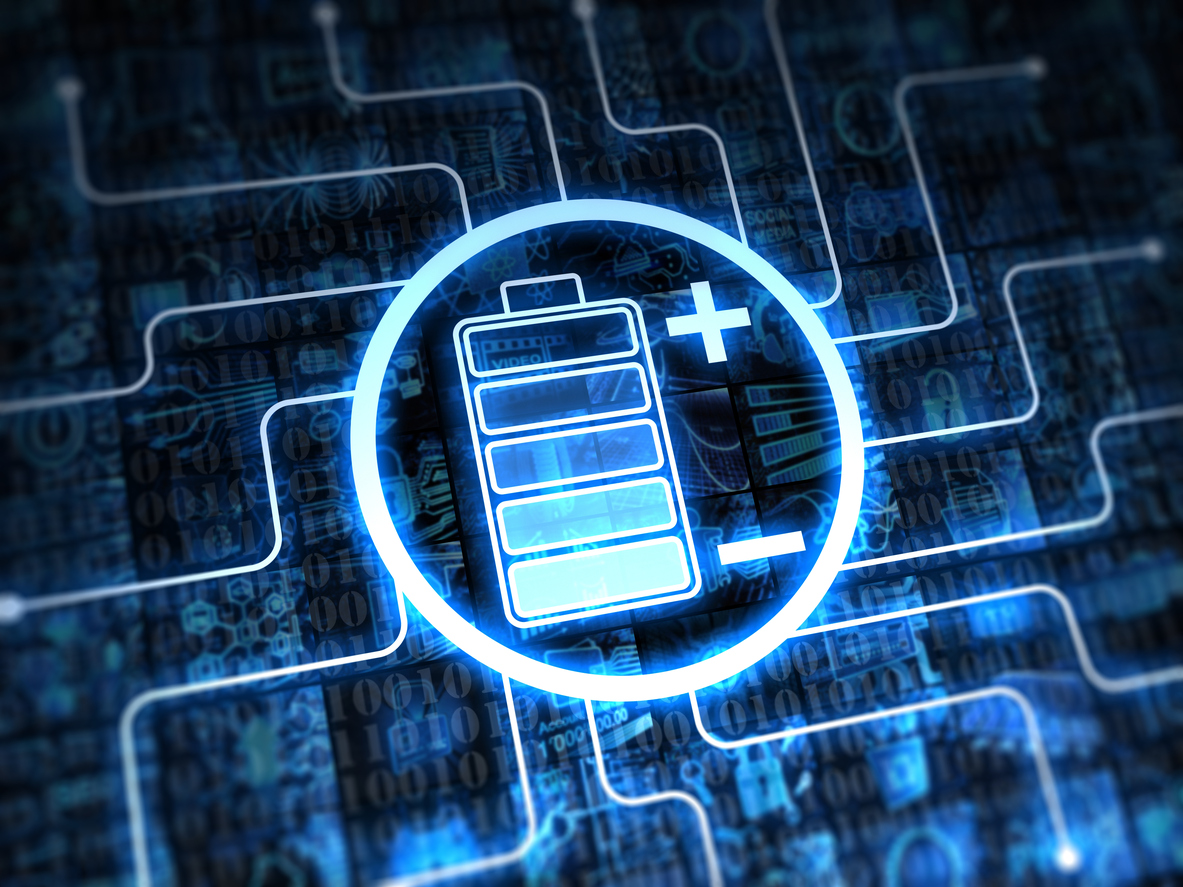 Lithium-ion batteries supply billions of portable devices with energy. While current Li-ion battery designs may be sufficient for applications such as smartphones and tablets, the rise of electric vehicles and power storage systems demands new battery technology with new electrode materials and electrolytes.
Lithium-ion batteries supply billions of portable devices with energy. While current Li-ion battery designs may be sufficient for applications such as smartphones and tablets, the rise of electric vehicles and power storage systems demands new battery technology with new electrode materials and electrolytes. Recent safety concerns with lithium-ion batteries exploding in devices such as the Samsung Galaxy Note 7 phone and
Recent safety concerns with lithium-ion batteries exploding in devices such as the Samsung Galaxy Note 7 phone and  Just over ten years ago, the number of electric vehicles on the road could be counted in the hundreds. Now, more than
Just over ten years ago, the number of electric vehicles on the road could be counted in the hundreds. Now, more than 